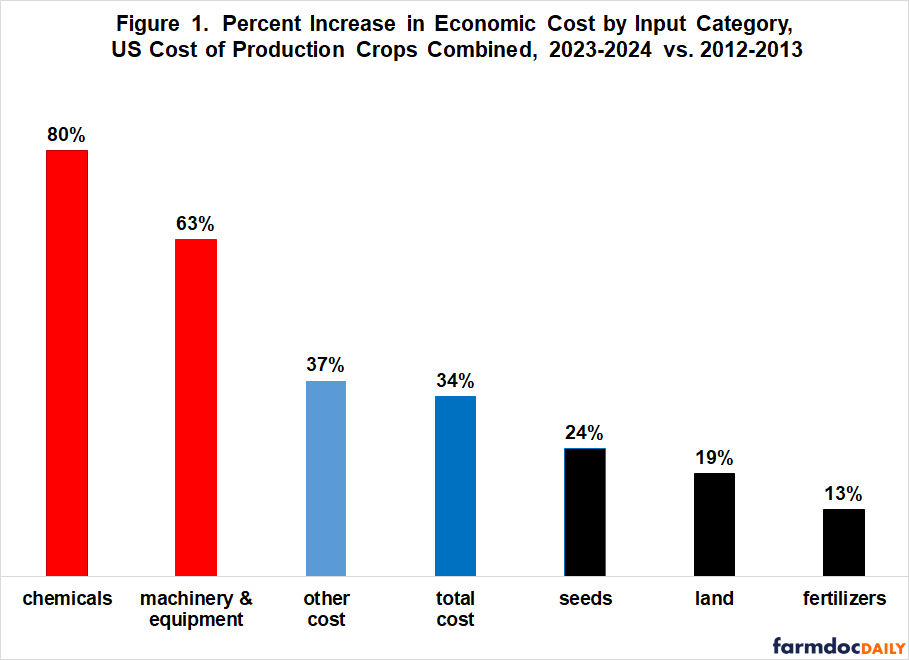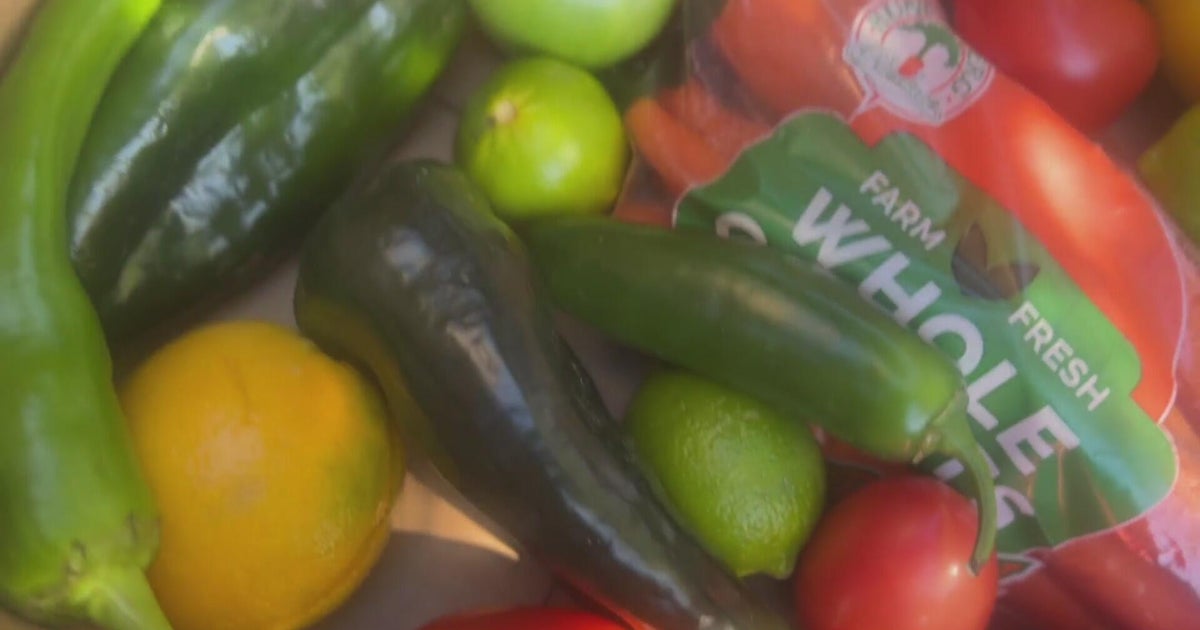Blockchain Drives Transparency and Fair Payments in Agriculture – AInvest
Report on the Application of Blockchain Technology in Agriculture and its Alignment with Sustainable Development Goals (SDGs)
Introduction
Blockchain technology is being increasingly applied within the agricultural sector to address systemic challenges, including supply chain opacity, food waste, and inequitable economic structures. This report analyzes the transformative potential of decentralized ledger technology in agriculture, with a specific focus on its contributions to achieving the United Nations Sustainable Development Goals (SDGs).
Enhancing Supply Chain Integrity and Food Safety
Real-Time Traceability
Blockchain provides an immutable and transparent ledger, enabling real-time tracking of agricultural products from origin to consumer. Platforms such as IBM Food Trust allow all stakeholders to access verified, unalterable data regarding a product’s journey. This enhanced visibility mitigates fraud, ensures product quality, and builds consumer confidence.
Contribution to Sustainable Development Goals
- SDG 12 (Responsible Consumption and Production): By providing transparent product data, blockchain empowers consumers to make informed choices and holds producers accountable for sustainable practices.
- SDG 16 (Peace, Justice and Strong Institutions): The technology’s immutability strengthens institutional trust by creating a verifiable system that is resistant to corruption and fraudulent activities within the supply chain.
Advancing Food Security and Waste Reduction
Optimizing Supply and Demand
Blockchain-based platforms can significantly reduce food waste by more efficiently matching supply with demand. Through improved visibility and data-driven forecasting, initiatives like “Farm to Plate” have demonstrated the potential to minimize surplus production and spoilage, thereby conserving resources and economic value.
Contribution to Sustainable Development Goals
- SDG 2 (Zero Hunger): Reducing food loss and waste is a critical component of achieving food security. By ensuring that more of the food produced reaches consumers, blockchain directly contributes to this goal.
- SDG 12 (Responsible Consumption and Production): Efficient management of the food supply chain aligns with targets for reducing food waste and promoting resource efficiency.
Promoting Economic Equity and Empowerment for Farmers
Fair and Direct Payments
Smart contracts built on blockchain platforms automate and secure transactions, enabling direct payments to smallholder farmers. This system eliminates the need for intermediaries, which accomplishes several key objectives:
- Accelerates payment timelines.
- Ensures farmers receive fair compensation for their produce.
- Reduces the potential for disputes and financial exploitation.
Securing Land Tenure
Blockchain offers a robust solution for securing land ownership rights by creating a permanent and tamper-proof digital record. This is particularly valuable in regions where physical records are vulnerable to loss or administrative corruption, thereby protecting the most vital asset for farmers.
Contribution to Sustainable Development Goals
- SDG 1 (No Poverty): Fair payment systems and secure land tenure directly increase the income and financial stability of smallholder farmers, contributing to poverty eradication.
- SDG 8 (Decent Work and Economic Growth): By fostering financial inclusion and ensuring fair compensation, blockchain promotes sustainable economic growth and decent work for agricultural communities.
- SDG 10 (Reduced Inequalities): The technology helps to level the economic playing field by reducing farmers’ dependence on opaque middlemen and creating more equitable payment structures.
- SDG 16 (Peace, Justice and Strong Institutions): An immutable ledger for land rights provides farmers with access to justice and reinforces property rights, a cornerstone of stable and just societies. As noted by agricultural economics specialist Yana Leonova, “You cannot bribe the blockchain,” highlighting its potential to build corruption-resistant institutions.
Challenges and Future Outlook
Barriers to Adoption
Despite its potential, widespread adoption of blockchain in agriculture faces challenges, including stakeholder skepticism regarding its reliability and scalability for large-scale operations. Building trust in the technology’s effectiveness is a primary hurdle.
The Path Forward
As real-world applications continue to demonstrate tangible benefits, blockchain is poised to become a foundational technology for sustainable agriculture. Its capacity to enhance transparency, efficiency, and justice aligns directly with global development priorities. The continued development of projects like IBM Food Trust and OpenSC indicates a future where agricultural systems are not only digital but also decentralized, equitable, and fundamentally aligned with the Sustainable Development Goals.
Analysis of Sustainable Development Goals in the Article
1. Which SDGs are addressed or connected to the issues highlighted in the article?
- SDG 2: Zero Hunger: The article focuses on empowering smallholder farmers, ensuring fair compensation, and securing land ownership rights, which are crucial for improving agricultural productivity and ending hunger.
- SDG 8: Decent Work and Economic Growth: By enabling direct and fair payments through smart contracts, blockchain technology promotes decent work and financial inclusion for farmers, contributing to economic growth.
- SDG 12: Responsible Consumption and Production: The article explicitly mentions that blockchain helps reduce food waste by improving supply chain efficiency and matching supply with demand more effectively.
- SDG 16: Peace, Justice and Strong Institutions: The technology’s ability to create immutable records for land ownership and transparent, incorruptible transaction systems supports the development of accountable institutions and reduces corruption.
2. What specific targets under those SDGs can be identified based on the article’s content?
-
SDG 2: Zero Hunger
- Target 2.3: “By 2030, double the agricultural productivity and incomes of small-scale food producers… through secure and equal access to land, other productive resources and inputs, knowledge, financial services, markets…” The article directly addresses this by describing how blockchain provides smallholder farmers with direct payments, fair compensation, and support for land ownership rights, thereby increasing their income and access to financial services.
-
SDG 8: Decent Work and Economic Growth
- Target 8.5: “By 2030, achieve full and productive employment and decent work for all… and equal pay for work of equal value.” The article explains that smart contracts ensure farmers are “fairly compensated for their produce” and receive “direct payments without the need for intermediaries,” which aligns with the principles of decent work and fair pay.
-
SDG 12: Responsible Consumption and Production
- Target 12.3: “By 2030, halve per capita global food waste at the retail and consumer levels and reduce food losses along production and supply chains…” The article highlights food waste reduction as a “significant impact of blockchain,” citing the “Farm to Plate initiative” as an example that reduced waste through improved visibility and demand forecasting.
-
SDG 16: Peace, Justice and Strong Institutions
- Target 16.5: “Substantially reduce corruption and bribery in all their forms.” The article emphasizes that blockchain cannot be influenced by corruption, quoting an expert who states, “You cannot bribe the blockchain.” This directly relates to reducing corruption in agricultural transactions.
- Target 16.6: “Develop effective, accountable and transparent institutions at all levels.” The article describes how blockchain fosters “transparency,” “accountability,” and “trust” in agricultural ecosystems by creating an immutable and decentralized record of transactions and land rights.
3. Are there any indicators mentioned or implied in the article that can be used to measure progress towards the identified targets?
-
For Target 2.3 (Income of small-scale food producers)
- Indicator: Increased income for smallholder farmers. The article implies this by stating blockchain ensures “fair compensation” and “direct payments,” which would lead to a measurable increase in farmers’ earnings compared to traditional systems with intermediaries.
- Indicator: Secure land tenure. The article mentions blockchain’s capacity to support “land ownership rights,” suggesting that progress could be measured by the number of land titles secured or verified using blockchain technology.
-
For Target 12.3 (Food waste reduction)
- Indicator: Monetary value of reduced food waste. The article provides a specific data point: the “Farm to Plate initiative, for instance, reportedly reduced food waste by an estimated $6 billion.” This serves as a direct quantitative indicator of progress.
-
For Target 16.5 (Reduction of corruption)
- Indicator: Reduction in payment disputes and fraud. The article implies that by removing manual intervention and intermediaries, the “potential for disputes and delays” is reduced. A lower number of disputes would indicate less opportunity for corruption or unfair practices.
4. Summary Table of SDGs, Targets, and Indicators
| SDGs | Targets | Indicators |
|---|---|---|
| SDG 2: Zero Hunger | Target 2.3: Double the agricultural productivity and incomes of small-scale food producers and ensure secure access to land. |
|
| SDG 8: Decent Work and Economic Growth | Target 8.5: Achieve decent work for all and equal pay for work of equal value. |
|
| SDG 12: Responsible Consumption and Production | Target 12.3: Halve per capita global food waste and reduce food losses along supply chains. |
|
| SDG 16: Peace, Justice and Strong Institutions | Target 16.5: Substantially reduce corruption and bribery in all their forms.
Target 16.6: Develop effective, accountable and transparent institutions. |
|
Source: ainvest.com
![]()
What is Your Reaction?
 Like
0
Like
0
 Dislike
0
Dislike
0
 Love
0
Love
0
 Funny
0
Funny
0
 Angry
0
Angry
0
 Sad
0
Sad
0
 Wow
0
Wow
0



































































![Significant progress made, but urgent action continues to be needed with 16 million people facing severe levels of acute food insecurity and 1.6 million children acutely malnourished in Bangladesh [EN/BN] – ReliefWeb](https://reliefweb.int/sites/default/files/styles/large/public/previews/31/9e/319ed978-b5f5-4b6d-9b3d-e530da6422ec.png?#)












